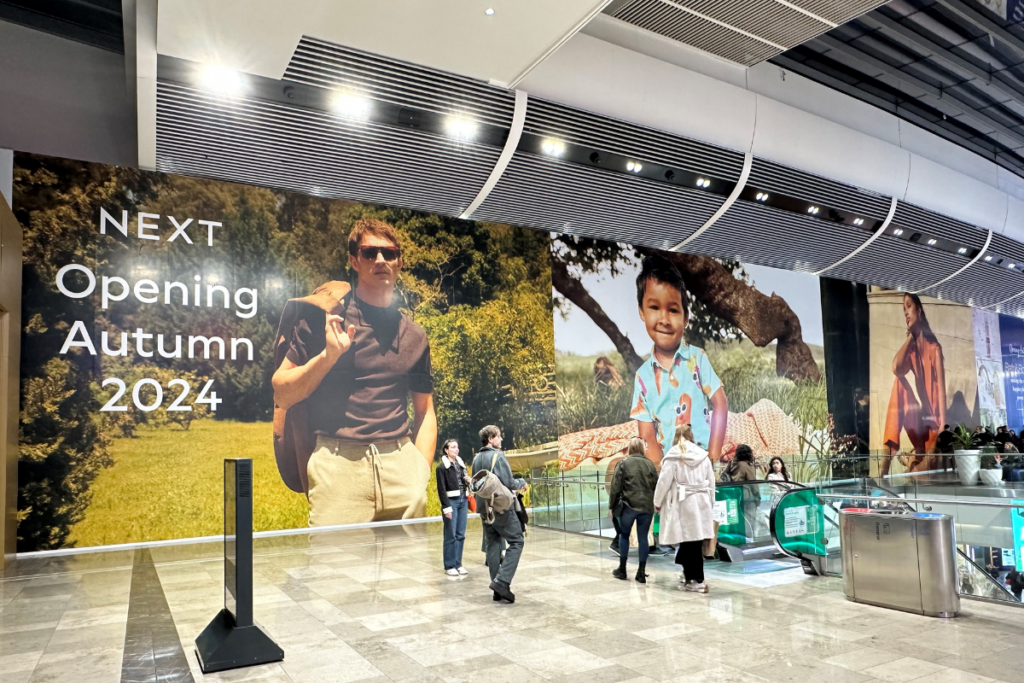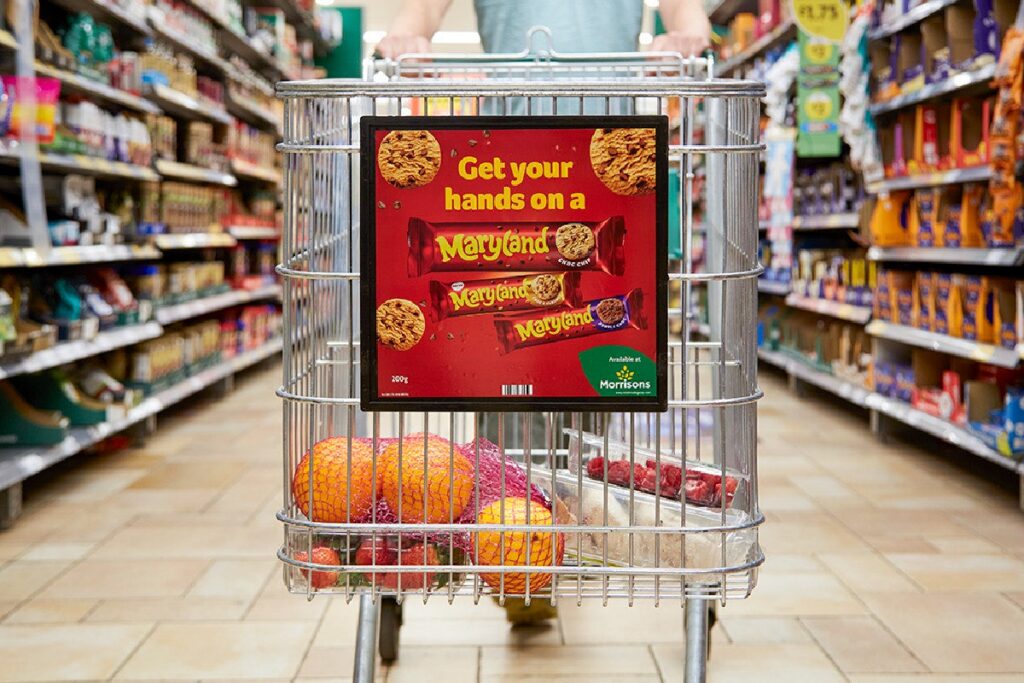What would happen if consumers had a clear view of every product within your retail organisation? Would this result in a utopia where every product finds its way seamlessly to the ideal customer at the ideal price? Or would it result in chaos – a disrupted supply chain unable to meet the demands of a fickle customer audience?
This question is increasingly being asked by business leaders and customers themselves. The last few years have seen unprecedented customer empowerment through social networks and mobile connectivity. Facebook has more than 800 million users, and smartphone adoption is approaching 50% in many developed countries. Modern consumers are tech-savvy, impatient and connected to your brand across multiple channels. They demand the ability to shop their way and will favour retailers that make this possible.
In the real world, logistics has to contend with complexities at every stage between manufacturer and customer and the inefficiencies that result. Could it be that we have become too focused on optimising product and labour costs and will miss out on the next wave of growth?
The evolving supply chain
Over the years, the supply chain has become a highly optimised part of business. Industry abounds with rules and reports covering everything from yard management and receiving to picking, packing and shipping every shape, size and weight of product. This is not a bad thing. Accurate tracking of deliveries, storage optimisation and proper labour scheduling are all essential practices.
However, trends such as online shopping have disrupted this model significantly. They have forced warehouses originally optimised to supply stores to contend with individual customer orders, often at higher frequencies than traditional store replenishment activity.
There is growing evidence that inventory will become the key battle ground for retailers. Leaders in multichannel selling have grown rapidly on the basis of superior inventory management. Amazon has taken this a step further by delegating large amounts of inventory management to the individual supplier, taking the proceeds up to a month before settling the supplier‘s account. This is profitable business indeed.
A golden opportunity
The key question is how much inventory is ‘locked‘ away in the wrong place? At a recent industry conference, analysts from Forrester and Gartner estimated the amount of inaccessible inventory in retail organisations is at least 60%. This inventory is either in the wrong DC or store, owing to variations in local demand, or has become invisible to waiting online and mobile shoppers.
In practice, most consumers have very little product visibility. Most struggle to find inventory in an alternate store, typical websites give few delivery options and freeze these options once an order is placed, and warehouses and transport remain completely opaque, providing no direct information to customers on the location or condition of stock.
What benefits are there in moving from enterprise inventory visibility to customer inventory visibility? The advantage comes from the spending patterns of the multichannel customers themselves. Studies have shown that multichannel shoppers spend three times more, with more than 10% opting for services such as buy online/pick up in-store. This may not be too surprising, given that multichannel shopping appeals most to individuals who have money but lack the time to spend it.
Thinking ahead
Some retailers, such as John Lewis and Debenhams, are embracing the multichannel shopper, providing kiosks which display all inventory across web and store. Some retailers are providing mobile-only options for browsing or transacting online. However, many of these systems are separate, reducing the accuracy of inventory and fragmenting the customer experience.
Ena
RELATED STORIES
















